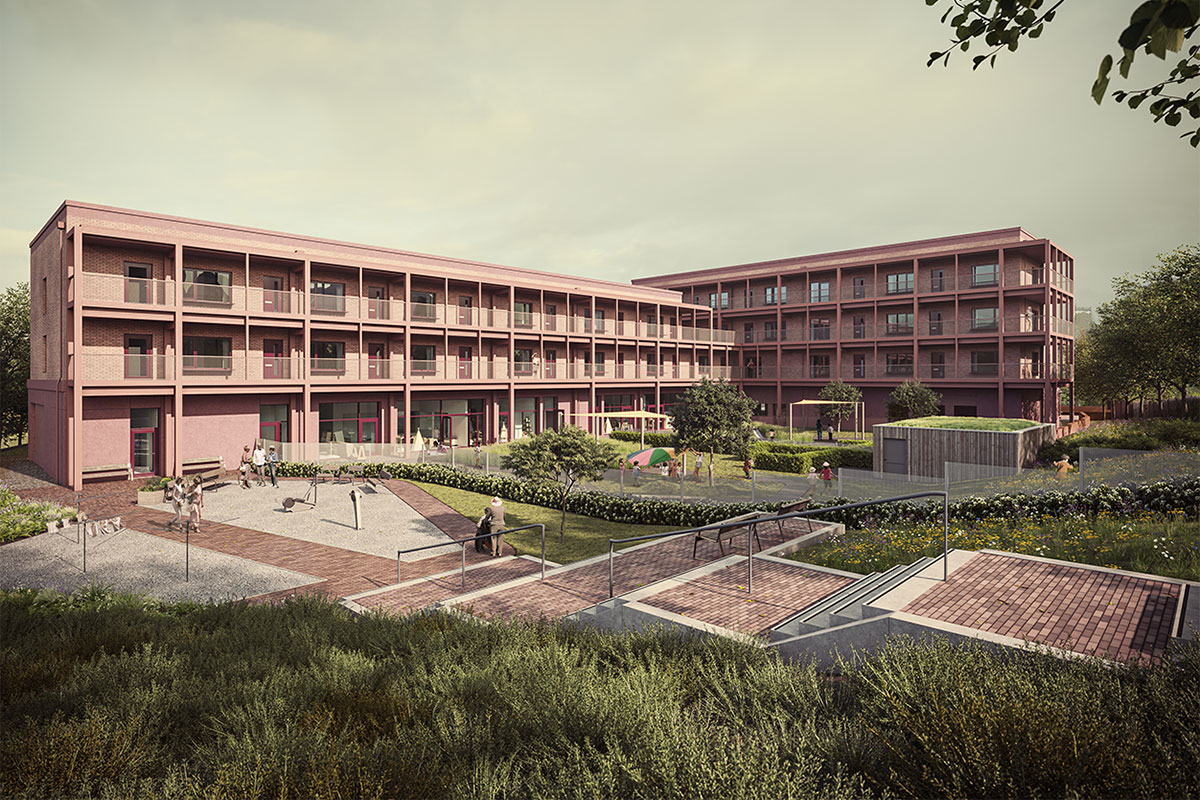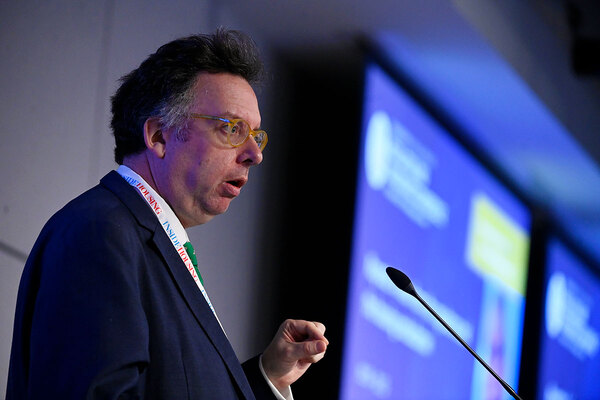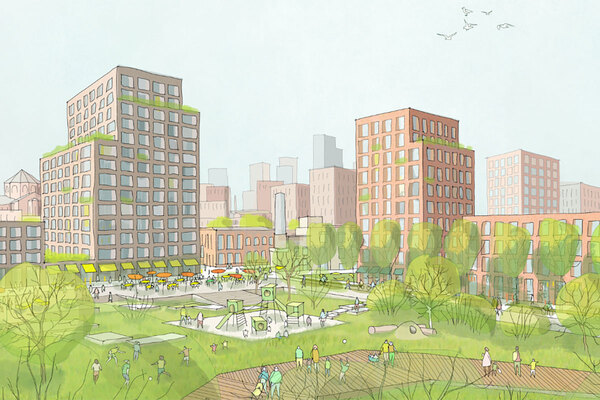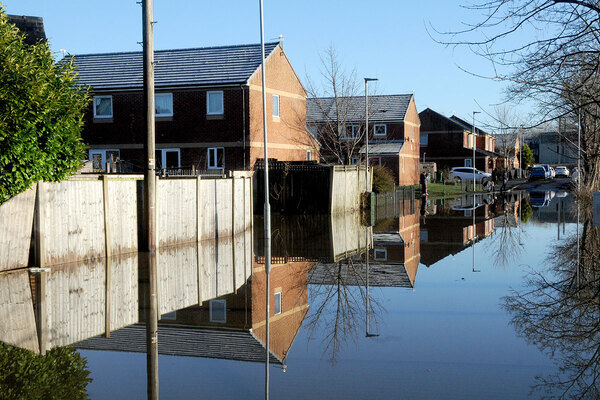
Why the ‘pram-push radius’ is key to solving housing affordability
Adam McVey explains how Edinburgh City Council is using the “pram-push radius” as a concept to help shape its affordable housing developments
Edinburgh is one of the most desirable places to live in the UK. Last year, we welcomed thousands of new residents who moved to the Scottish capital. Alongside the overall need for new homes for a growing population, we are still experiencing a significant shortage of affordable homes for people on low to moderate incomes. Put differently, the average house price of £275,000 – or the average rent of over £1,000 per month – is unaffordable for the average Edinburgher. Housing pressures are the cause of around one-third of poverty in the city, but this also affects the ability of businesses to recruit and retain their workforces. Our city’s future is hamstrung by shortages of bricks, cement and land.
“The ‘pram-push distance’ is an important framing for how we can improve the quality of life in cities”
In response to this challenge, Edinburgh completed construction on its first new affordable homes for a generation in 2009. In the decade since, we’ve massively increased our housebuilding programme, doubling delivery during this council term. We are on track to deliver 20,000 new affordable homes by 2027, ensuring that the homes we deliver in regeneration areas such as Pennywell, Craigmillar and Granton Waterfront meet the needs of our citizens, today and into the future.
One example of putting our sustainable placemaking into practice is our Powderhall development, a former waste transfer station set on a large brownfield site to the north of Edinburgh city centre. In recognition of the city’s strategic priorities, the council itself is taking forward a major mixed-use regeneration project on the station and the adjacent disused bowling greens. The redevelopment of Powderhall will deliver around 260 homes (at least 35% of which will be affordable); a 128-place nursery; seven commercial units; and civic and green space. In addition, the historic Powderhall Stables building is being refurbished into creative workspaces and community events space, thus creating employment and recreation opportunities for residents.
The idea of a ‘pram-push distance’ may become key to making sometimes abstract notions of urban planning, such as 20-minute neighbourhoods or 15-minute cities, more tangible. One of the biggest challenges with delivering new affordable housing is doing so in a way that creates resilient communities that can thrive. Edinburgh has led the way in developing affordable housing centred on the principles of affordability, quality and community.
Stronger relationships with landowners such as the Scottish government, the NHS and the city’s universities are enabling us to change the historical housing-estate model. Mixed-use, multi-tenure neighbourhoods comprised of private and social housing, modern workspaces, and local shops, green space, public realm, and leisure facilities, mean anyone pushing a pram can easily access the services they need for day-to-day living, mostly without needing to catch a bus or tram. The pram-push distance is an important framing for how we can improve the quality of life in cities. We simply can’t build more housing without also providing quality services at the doorstep.
In the face of a UK-wide shortage of affordable housing provision, Scotland is rising to the challenge. Earlier this year, the Scottish government launched its first long-term housing strategy, which plans to deliver 100,000 affordable homes over the next decade. Much of this delivery is being driven by unique responses from Scotland’s seven cities: Edinburgh, Glasgow, Dundee, Stirling, Perth, Aberdeen and Inverness.
By exchanging local solutions and expertise around the delivery of affordable and resilient communities through the Scottish Cities Alliance, we aim to develop best practice for housing delivery that can be scaled up across the whole country, helping solve the shortage of homes once and for all.








